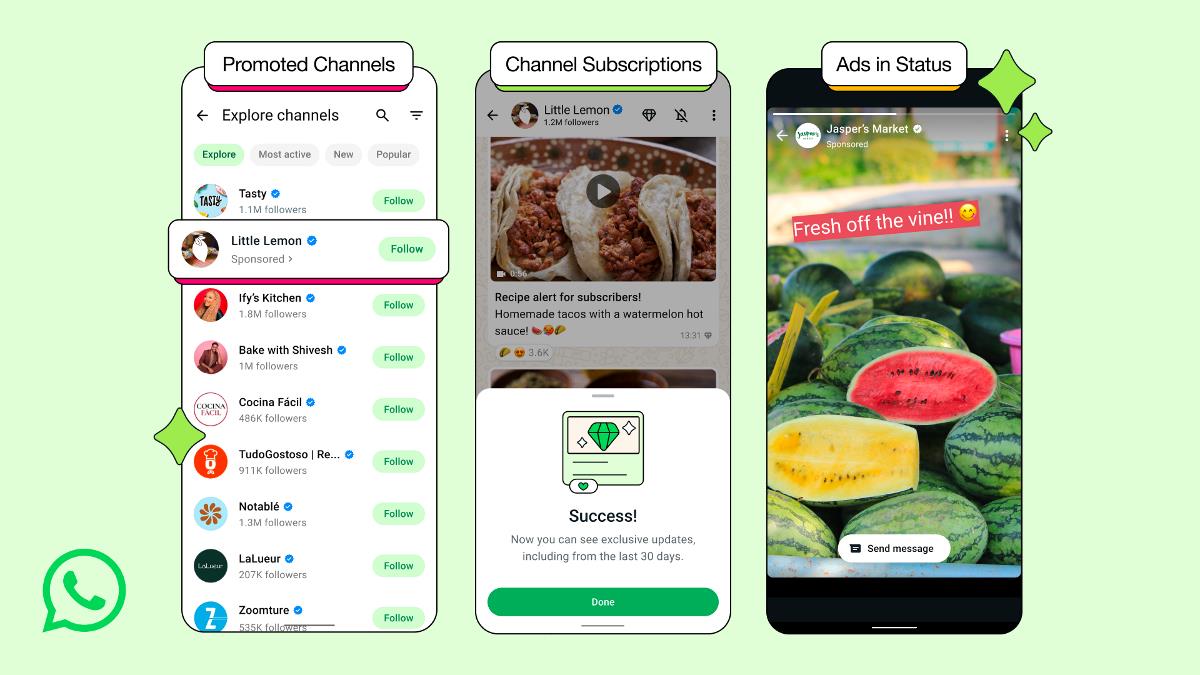The Logic, Philosophy, and Science of Software Testing – A Handbook for Developers
In an age of information overload, AI assistance, and rapid technological change, the ability to think clearly and reason soundly has never been more valuable. This handbook takes you on a journey from fundamental logical principles to their practica...

In an age of information overload, AI assistance, and rapid technological change, the ability to think clearly and reason soundly has never been more valuable.
This handbook takes you on a journey from fundamental logical principles to their practical applications in software development, scientific reasoning, and critical thinking.
Whether you're a high school student learning to think more clearly, a professional debugging complex systems, or simply someone curious about how sound reasoning works, this handbook provides tools for sharper, more reliable thinking.
What We’ll Cover:
Part I: Foundational Theory
We start with the bedrock of formal logic – understanding implications, truth tables, and the core rules of reasoning.
You'll learn the scaffolding for everything that follows:
How "if-then" statements actually work (spoiler: it's not always intuitive!)
The power of truth tables to map all possible scenarios
Why some arguments are valid while others are logical fallacies
The elegant relationship between Modus Ponens, Modus Tollens, and Contrapositives
Part II: Practical Applications
Here's where logic comes alive in tangible ways:
In Software Development:
How debugging mirrors logical reasoning, and why your tests might be lying to you
The logic behind Test-Driven Development and Mutation Testing
In Scientific Thinking:
Karl Popper's falsification principle and why it matters beyond academia
How Hypothesis Testing is just statistics meets Modus Tollens
In Everyday Reasoning:
Spotting logical fallacies in arguments, media, and your thinking
The art of considering multiple causal paths instead of jumping to conclusions
Part III: Philosophical Depths
The final section confronts the beautiful complexity of applying pure logic to an impure world:
Why perfect "if-and-only-if" relationships are the goal but rarely achievable
How modern software systems hide their complexity
The butterfly effect of bugs and why root cause analysis is often harder than it seems
Formal verification tools: from Prolog to Coq to TLA+
What You'll Gain
For Students:
Critical thinking superpowers: Learn to spot flawed reasoning in arguments, social media, and news
Academic advantage: These concepts appear in debates, philosophy, computer science, mathematics, and statistics
For Software Engineers:
Debugging mastery: Modus Tollens for debugging: "If the output is wrong, what could cause it?"
Testing philosophy: Move beyond "make the tests pass" to "prove the code is correct"
Problem analysis: Avoid jumping to solutions before understanding the real problem
System design: Think more rigorously about failure modes and edge cases, evaluate cause-and-effect relationships in complex systems
Communication and career growth: Present arguments more clearly and persuasively, gain logical thinking skills that separate senior engineers from juniors
For Scientists:
Experimental design: Strengthen your understanding of hypothesis testing and falsifiability
Peer review: Better evaluate the logical soundness of research claims
Grant writing: Structure arguments more persuasively using solid logical foundations
Pre-requisites
I’ll introduce code samples starting in the second half of the article, so knowing a programming language would be helpful. The concepts in this article are programming language-agnostic, but I’ve used Python throughout for readability.
No prior formal logic or philosophy background is strictly necessary, but the following will let you reap the most benefits from this article:
Experience in testing and debugging during software development.
Know what REPL (Read-Evaluate-Print-Loop) is if you want to try the Proof Assistants.
Knowledge of logical operators (NOT, AND, OR), and the fact that they take 1 or 2 boolean values as input and return a single boolean value as output.
Basic Algebraic Thinking: representing statements as variables (P, Q), the concept of NOT (¬) as an inversion of statements, and the concept that different input combinations can reach the same output.
Exposure to deductive reasoning, where inferences are made based on some facts, and fallacies, which are some ways arguments can be flawed.
Willingness to engage in conceptual back-and-forth between concrete English examples and abstract logical symbols.
Holding possibly conflicting ideas between the ideal logic world and the impure real world.
Openness to challenging intuition and following logical rules before applying your real-world experience.
Table of Contents

An Introduction to Logic
Imagine that the following statement is True:
If you are a coding instructor, then you have a job.
Now, do these make sense?
You have no job, so you are not a coding instructor
You have a job, so you are a coding instructor
You are not a coding instructor, so you have no job
Interpretations
Based on logic:
Statement 1 is correct.
Statement 2 is wrong because you may have other jobs without being a coding instructor.
Statement 3 is wrong because you may or may not have a job, and as before, you may have other jobs without being a coding instructor.
Growing complexity
These statements grow increasingly complex due to:
Changing from 2 valid statements to 2 invalid conclusions
Moving from a clear job status (1, 2) to uncertainty about job existence or type (3).
Let’s get familiar with some notation before seeing how Truth tables help manage this complexity.
Notations
| Notation | Meaning | Example (if P="It's raining", Q="The ground is wet") |
| P, Q | Propositions | P, Q |
| ⟹ | Implies / If...then... | P⟹Q ("If it's raining, then the ground is wet") |
| ¬ | Not | ¬P ("It's not raining") |
| ∧ | And (conjunction) | P∧Q ("It's raining and the ground is wet") |
| ∨ | Or (disjunction) | P∨Q ("It's raining or the ground is wet") |
| ⟺ | If and only if (biconditional) | P⟺Q ("It's raining if and only if the ground is wet") |
| ∴ | Therefore | P ⟹ Q: If it's raining, then the ground is wet; P: It's raining; ∴ Q: Therefore, the ground is wet |
Truth Tables: Mapping All Possibilities
What is a Truth Table?
A truth table is a powerful tool in logic that helps us determine the overall truth or falsity of a compound logical statement. It does this by systematically listing all possible combinations of truth values (True or False) for its individual component propositions.
For every way the "inputs" (our propositions like P and Q) can be true or false, the truth table shows you the precise "output" (the truth value of the entire logical statement, such as P⟹Q).
Why are Truth Tables Helpful?
Truth tables offer critical benefits for clear thinking:
Clarity and precision: They eliminate ambiguity by explicitly showing the outcome for every single scenario.
Systematic analysis: They ensure no possible combination is missed, which is vital for sound reasoning.
Foundation for understanding: They define how logical rules work, forming the bedrock for analyzing more complex arguments in any domain.
How to Read Our First Truth Table:
Let's examine the truth table for the implication P⟹Q ("If P then Q").
Each row represents a unique scenario, combining the truth values of P and Q to show the resulting truth value of P⟹Q.
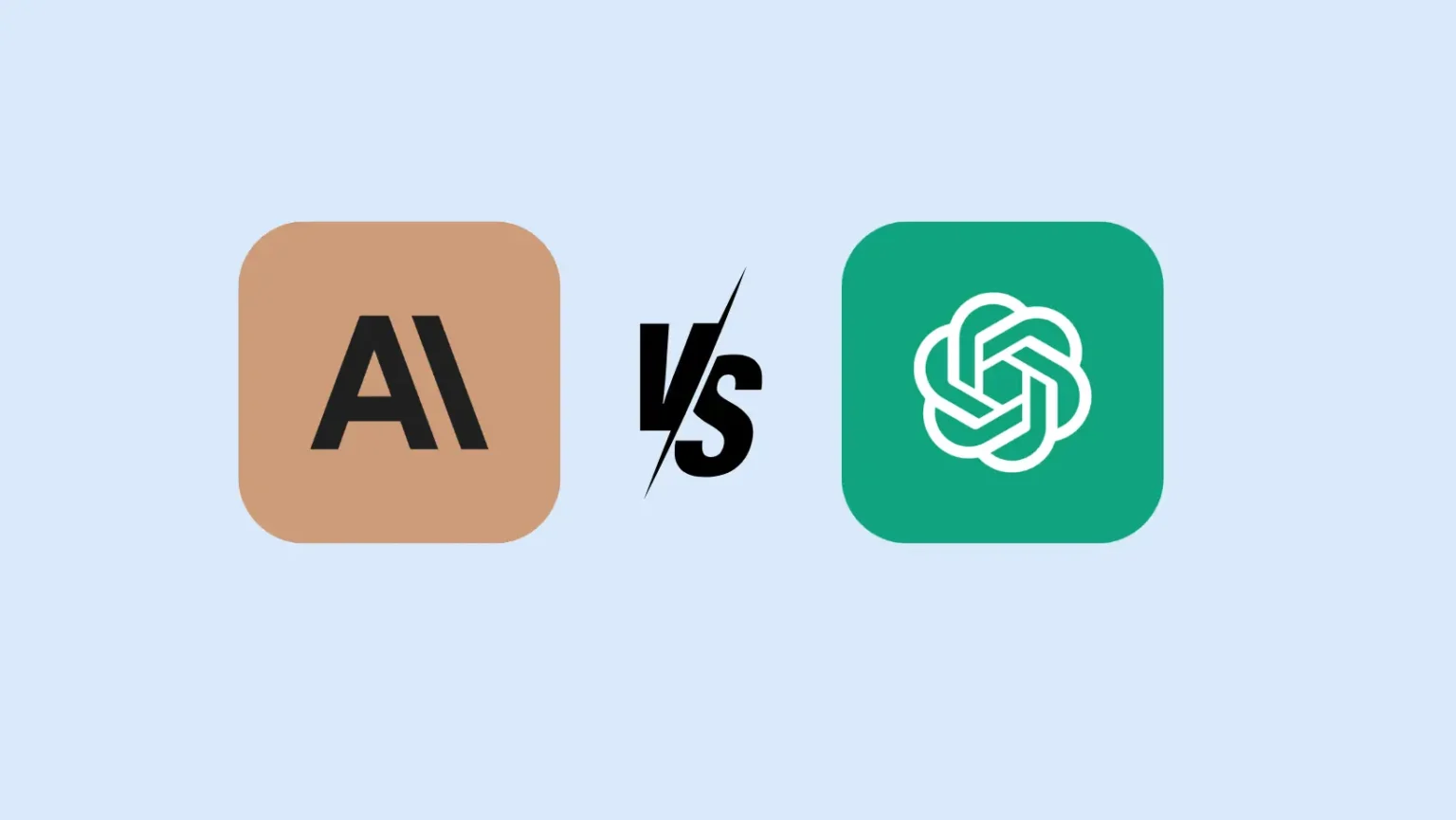
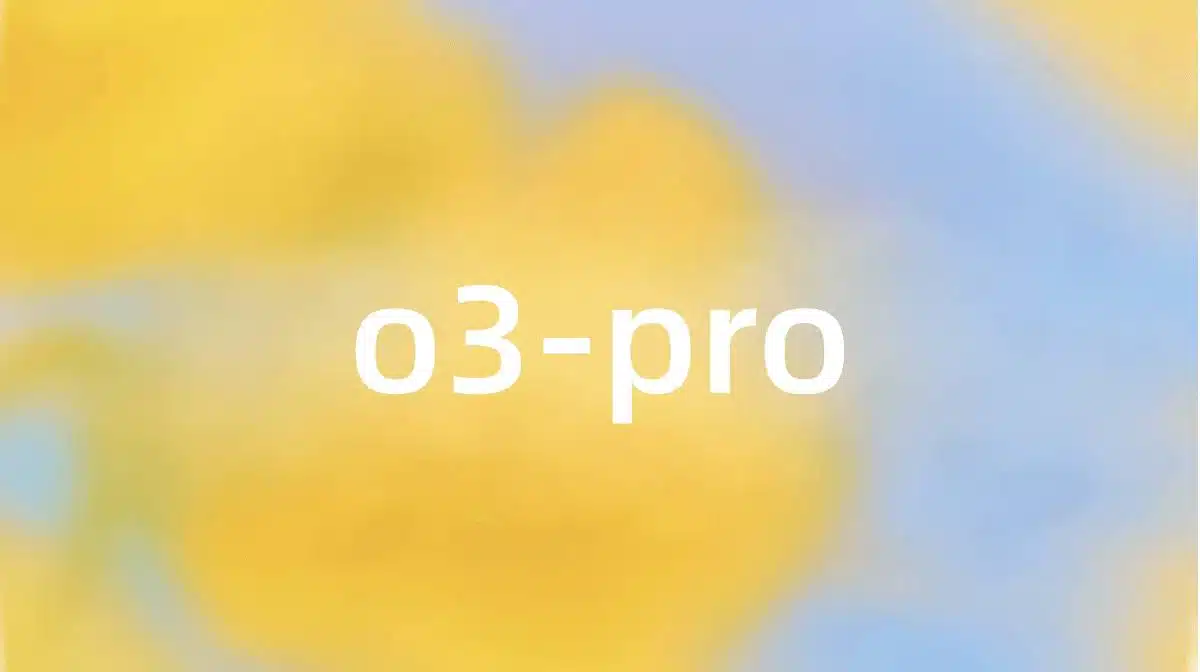























































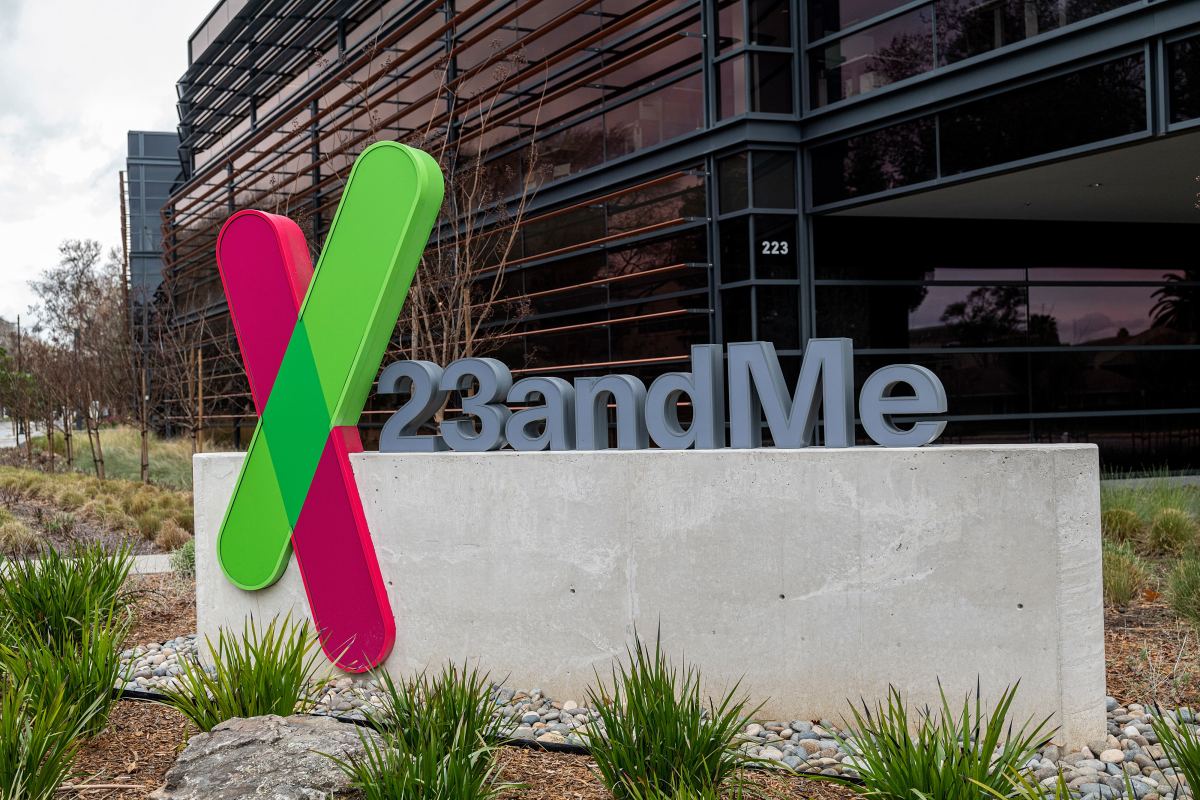










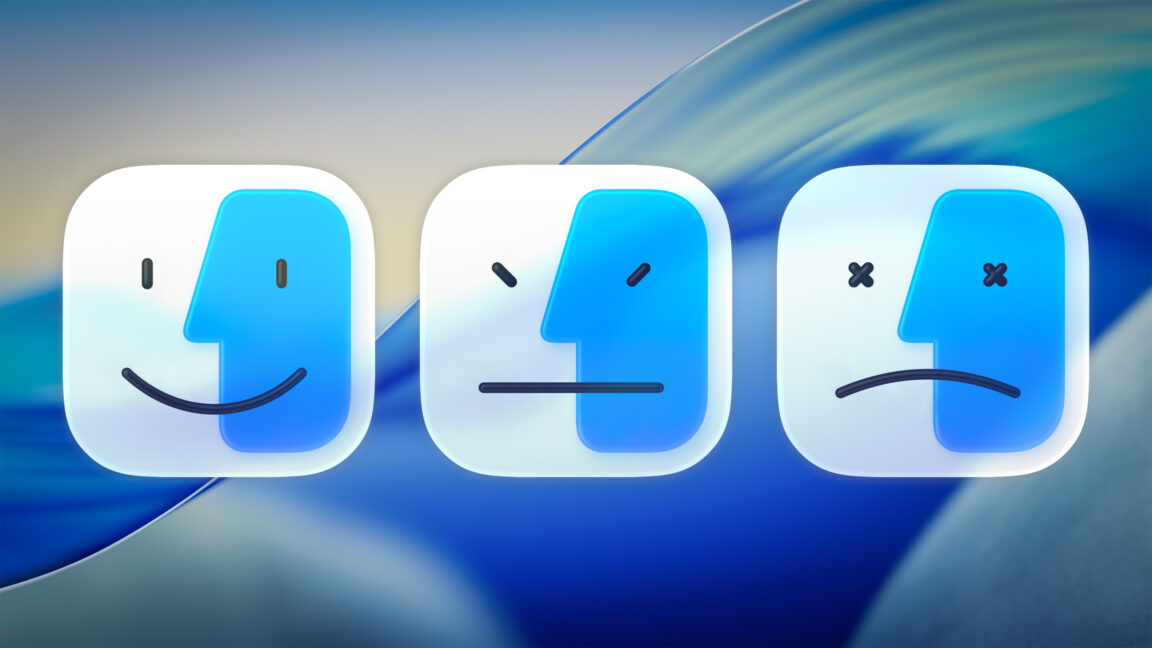

















































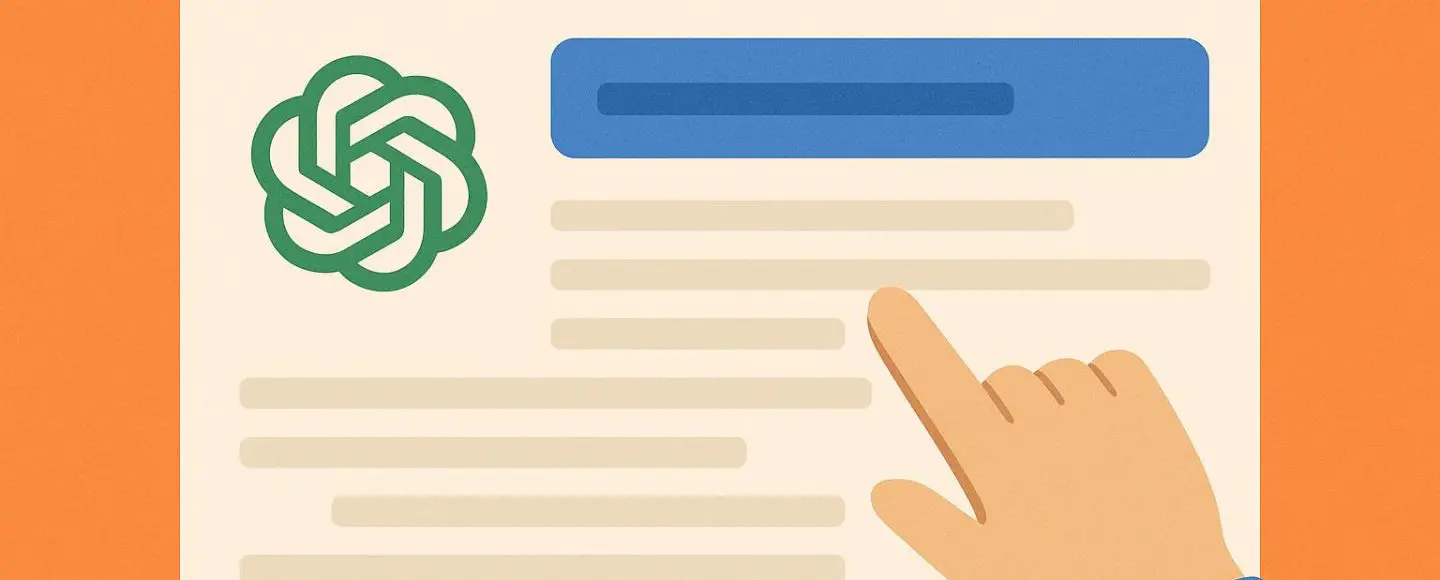























































![[The AI Show Episode 153]: OpenAI Releases o3-Pro, Disney Sues Midjourney, Altman: “Gentle Singularity” Is Here, AI and Jobs & News Sites Getting Crushed by AI Search](https://www.marketingaiinstitute.com/hubfs/ep%20153%20cover.png)


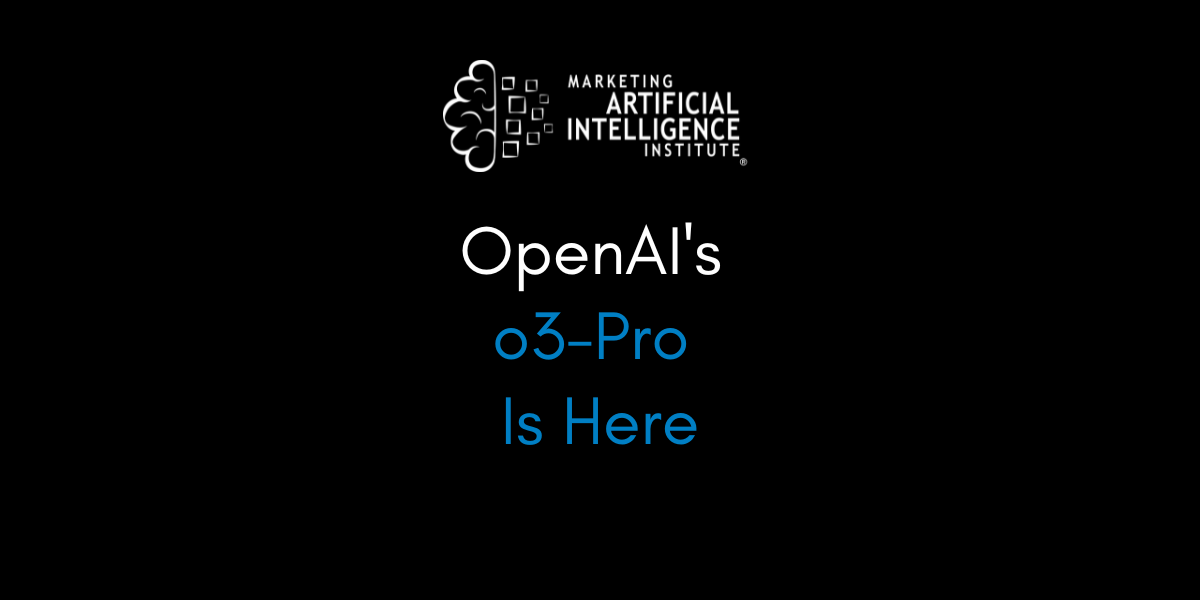










































































































































































































































.png?width=1920&height=1920&fit=bounds&quality=70&format=jpg&auto=webp#)











































































































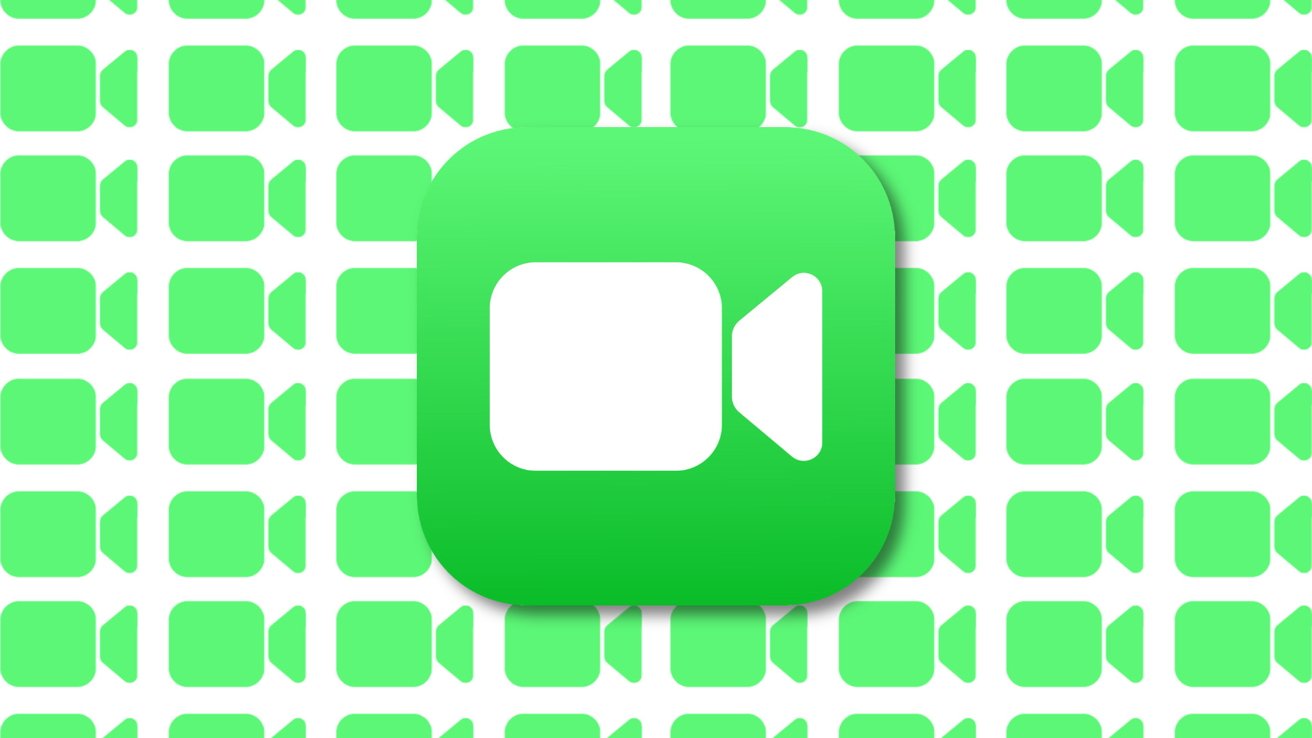

































![Google Mocks Apple's 'New' iOS 26 Features in Pixel Ad [Video]](https://www.iclarified.com/images/news/97638/97638/97638-640.jpg)






















